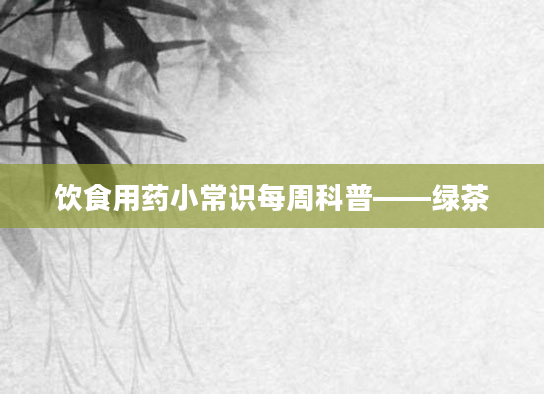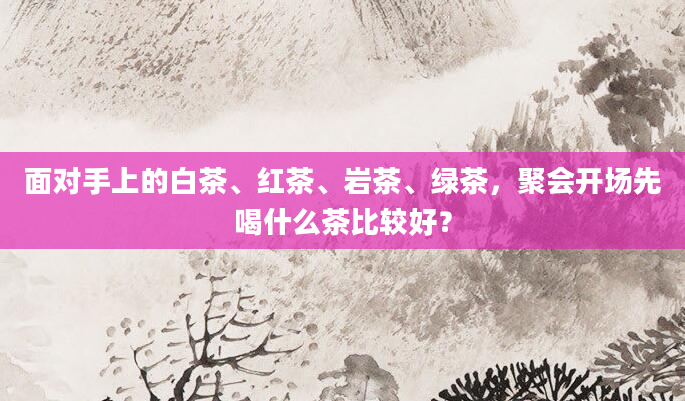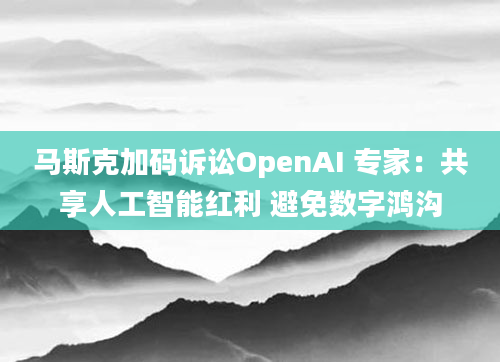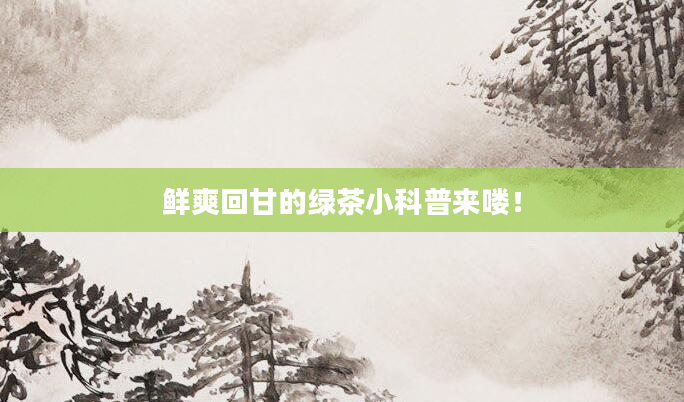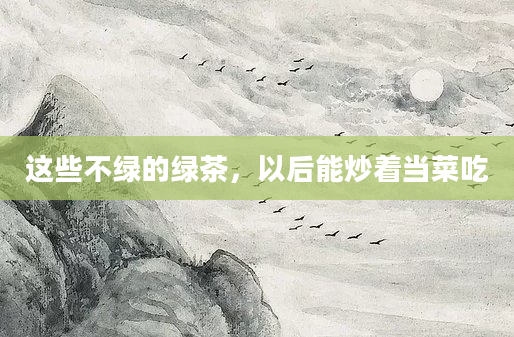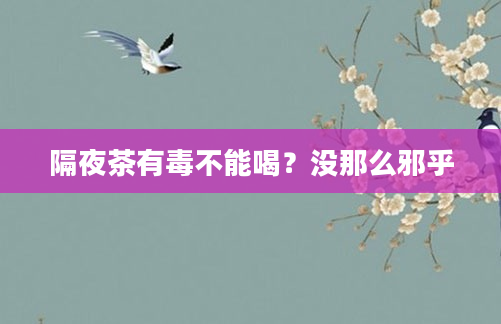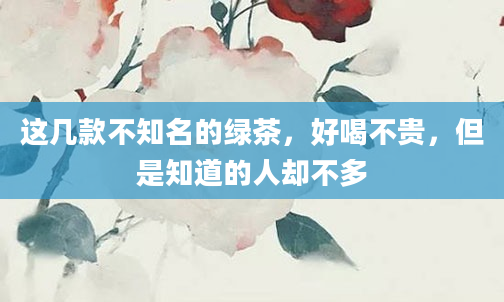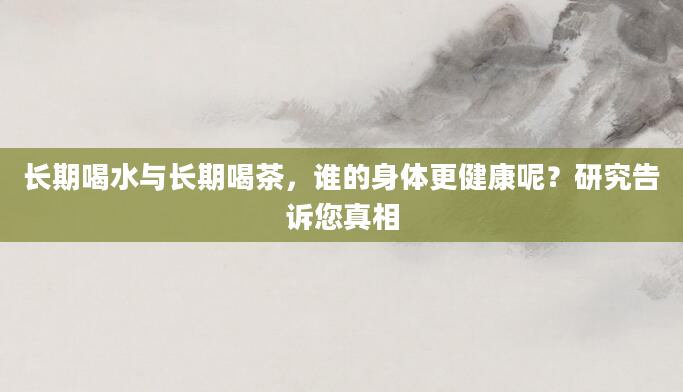茶文化的发源地英语
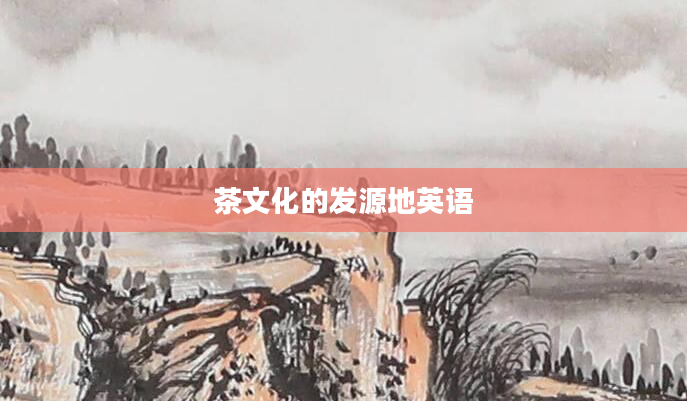
The origin of tea culture is deeply rooted in history, with China being widely recognized as the birthplace of this rich tradition. Tea has played a significant role not only in Chinese customs but also spread globally, influencing social rituals worldwide. The English translation for "茶文化的发源地" is "the birthplace of tea culture," emphasizing China's contribution to this heritage.
The history of tea culture dates back thousands of years. According to legend, Emperor Shen Nong discovered tea in 2737 BCE when tea leaves accidentally fell into his boiled water, creating a pleasant aroma and taste. From that moment, tea became an integral part of Chinese society, evolving from medicinal use to daily enjoyment.
Tea culture flourished during the Tang Dynasty (618–907 CE) when Lu Yu wrote "The Classic of Tea," the first comprehensive text on tea preparation, varieties, and etiquette. During the Song Dynasty (960–1279 CE), tea competitions became popular, further refining brewing techniques. By the Ming Dynasty (1368–1644 CE), loose-leaf tea gained popularity over powdered forms, shaping the modern tea-drinking experience.
The English expression for "茶文化的发源地" underscores China’s influence on global tea traditions. Phrases such as "The Origin of Tea Culture" or "Cradle of Tea Traditions" are also commonly used in English literature discussing China’s historical significance.
Tea eventually spread beyond China via the Silk Road and maritime trade routes. Through British merchants in the 17th century, tea was introduced to Europe, leading to distinctive tea traditions such as afternoon tea in England. Despite these adaptations, China’s foundational role remains central to understanding global tea heritage.
The global fascination with tea culture highlights its universal appeal. In English discussions, terms like "Chinese tea ceremonies," "traditional tea brewing," and "famous tea-producing regions" frequently appear, demonstrating China’s enduring influence.
Today, China is home to diverse tea varieties such as Longjing, Tieguanyin, Pu’er, and Da Hong Pao, each with unique cultivation and brewing methods. English publications often reference "Chinese tea heritage" or "tea cultural landmarks" like Hangzhou’s West Lake (famous for Longjing tea) or Fujian’s Wuyi Mountains (known for rock tea).
In conclusion, China’s role as the birthplace of tea culture remains undisputed in both Chinese and English discourse. Key expressions like "the cradle of tea culture" effectively bridge linguistic gaps, fostering global appreciation for tea’s historical and cultural richness.
For those researching Chinese tea heritage in English, studying phrases related to origins ("the birthplace"), ceremonies ("Gongfu tea"), and traditions ("Tea Horse Road") enhances cross-cultural understanding. Tea culture continues to unite people worldwide, preserving China’s legacy as the heart of tea appreciation.
Whether referred to as "the origin of tea traditions" or "the home of tea civilization," China’s contribution to tea culture remains timeless, inspiring tea lovers everywhere.

